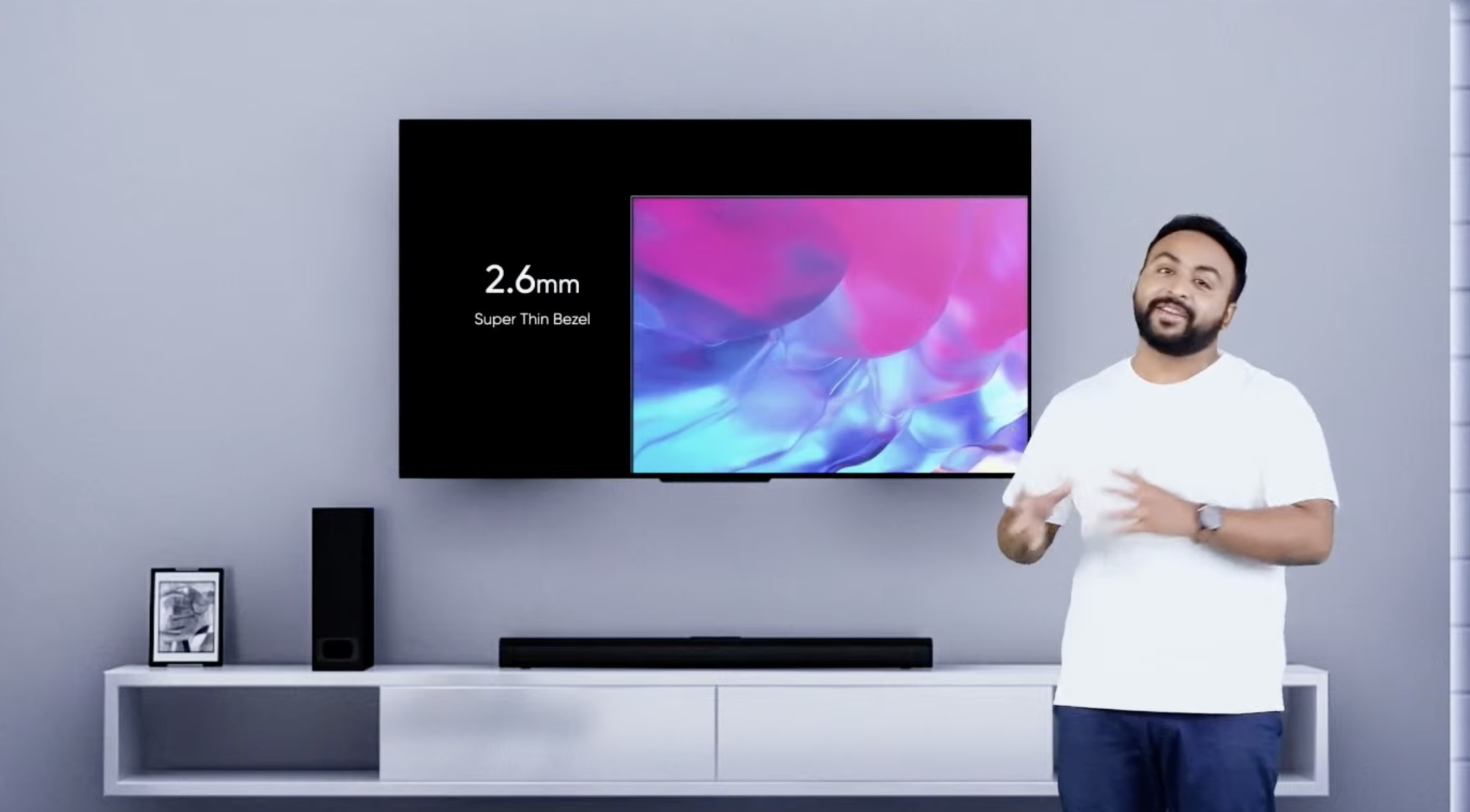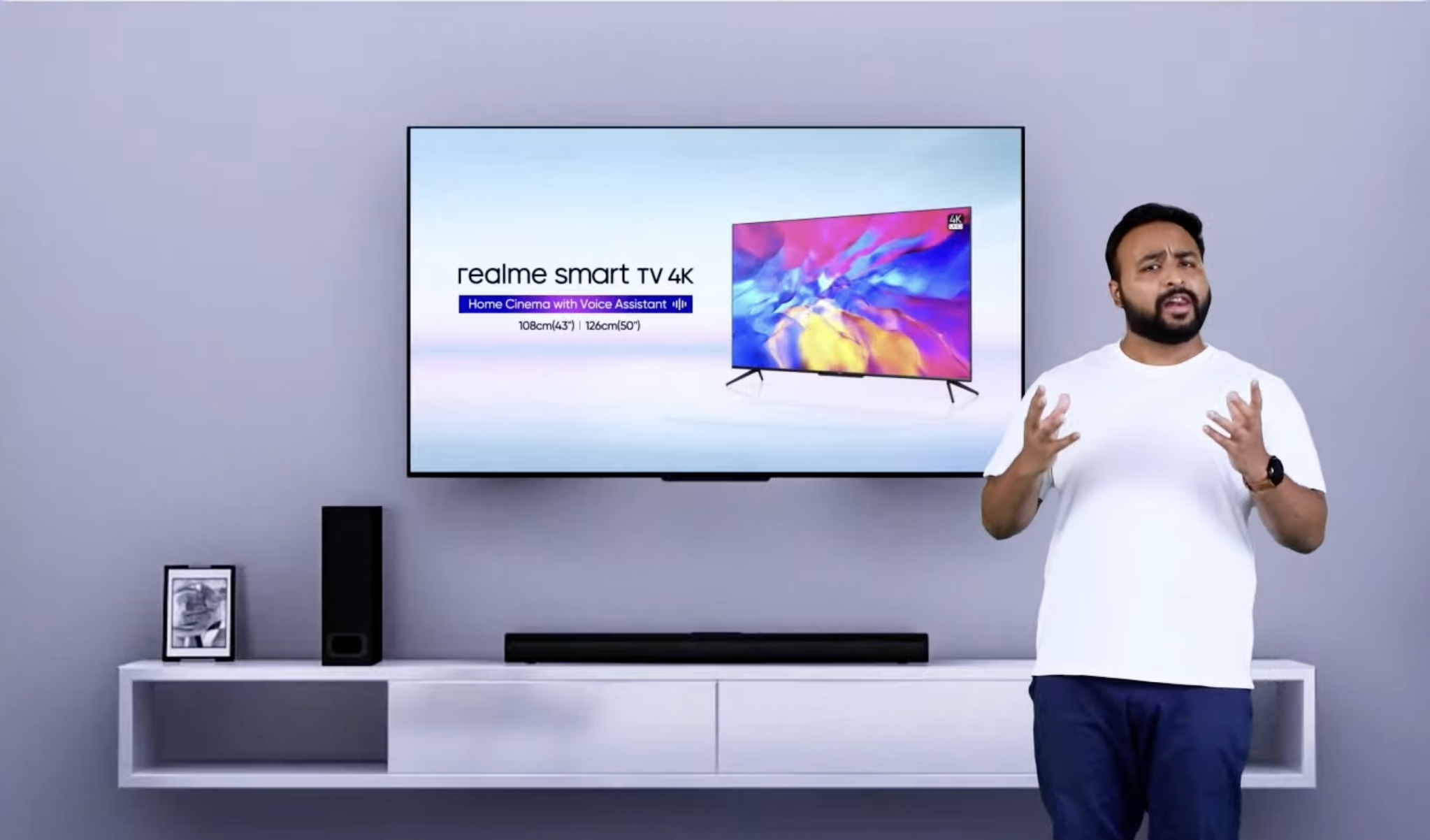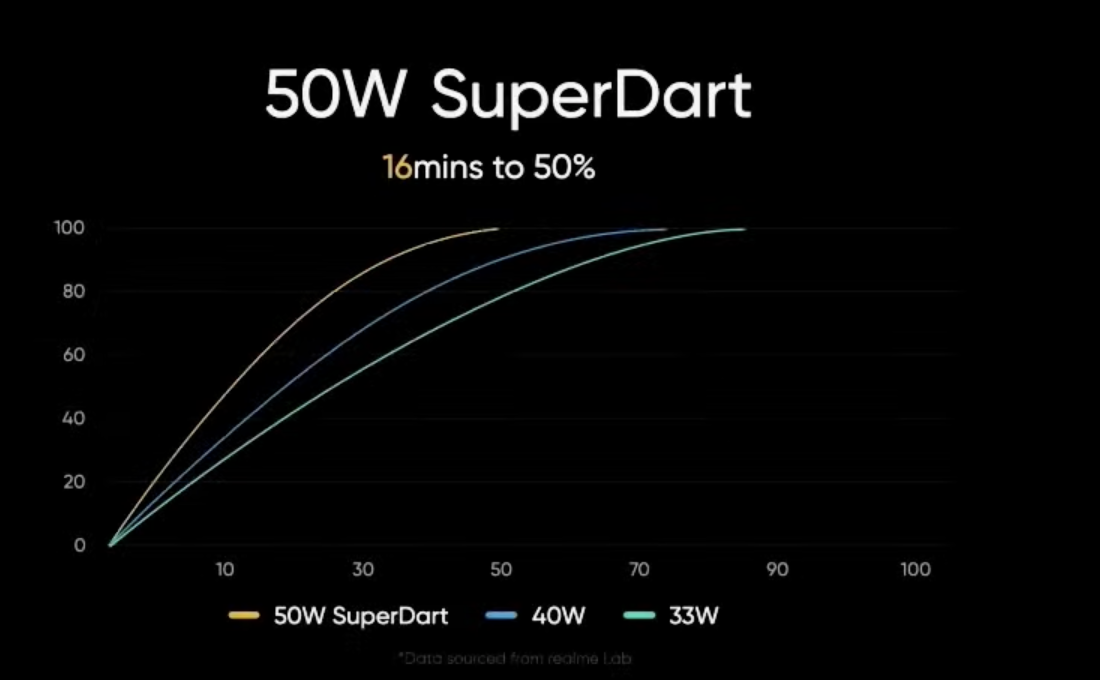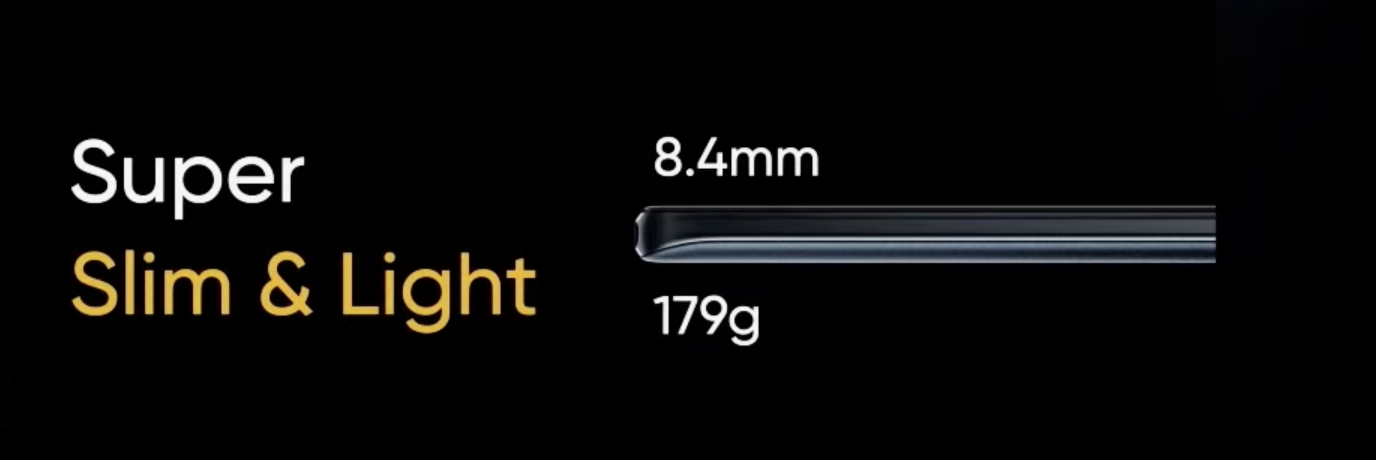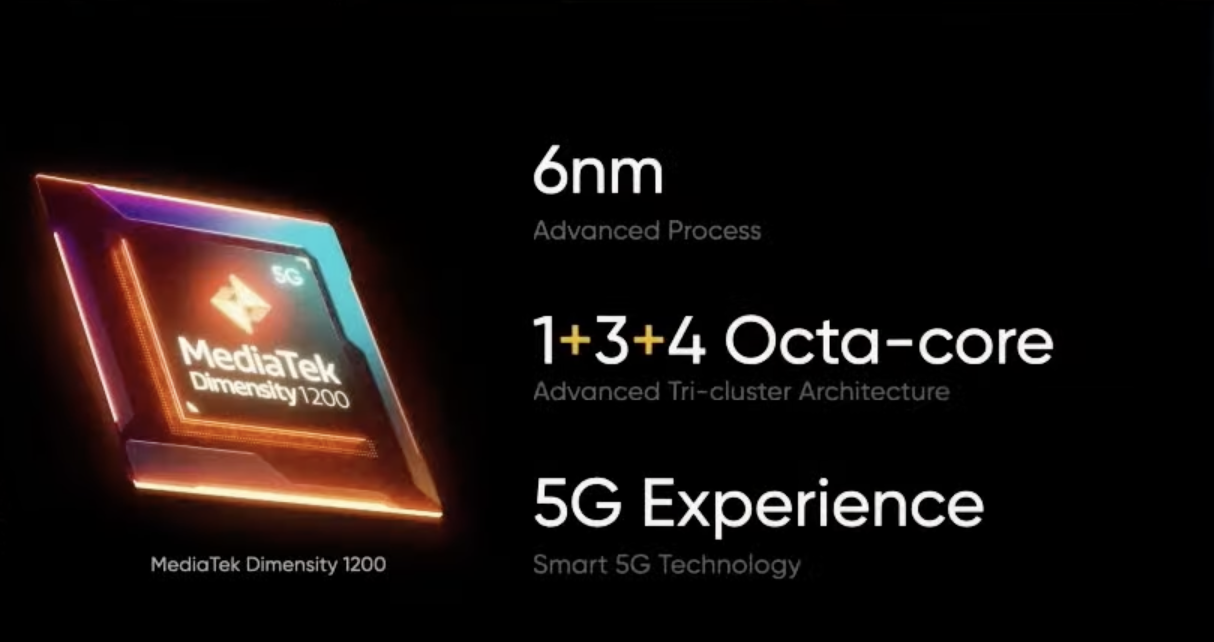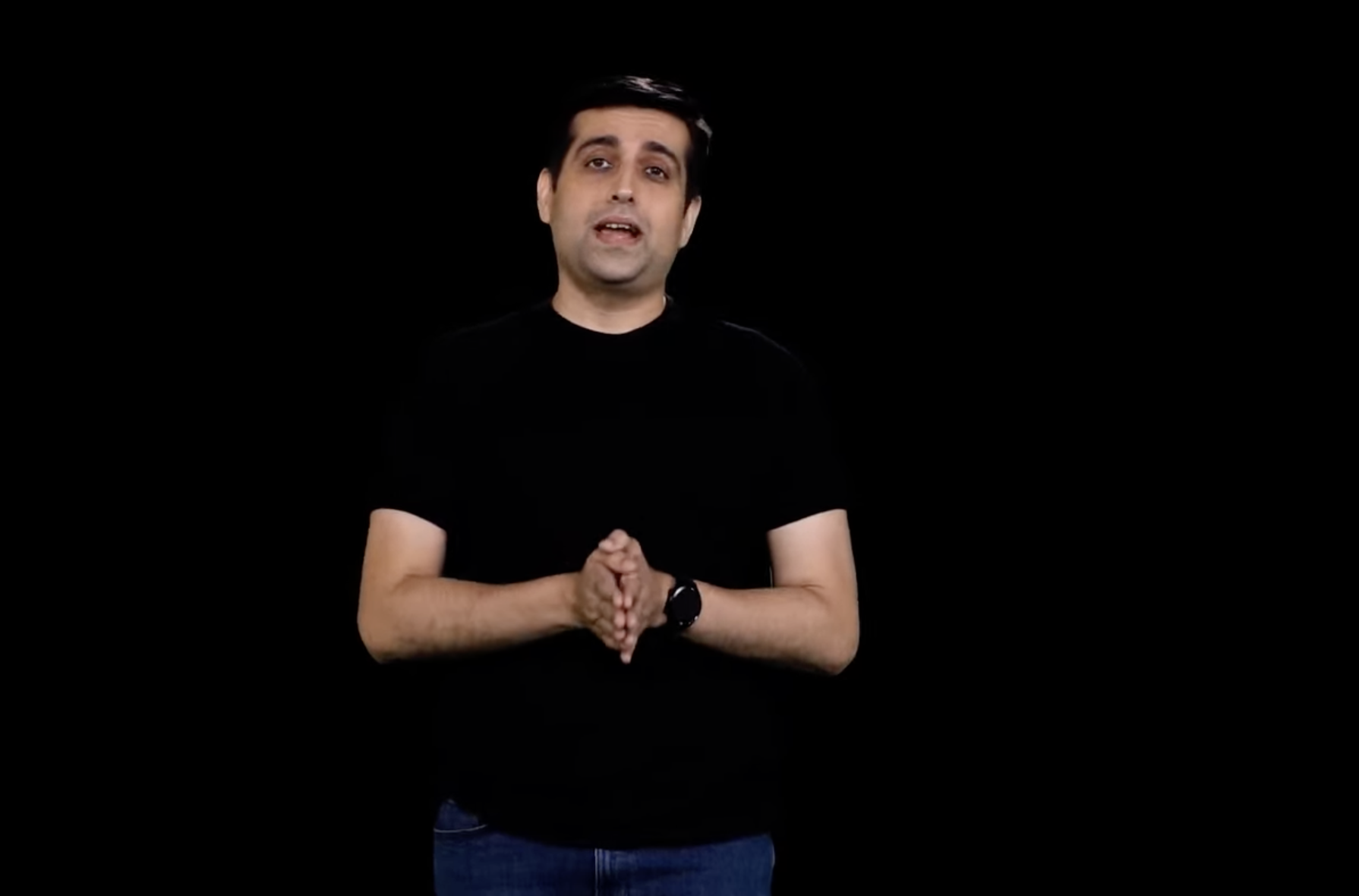Rating: 3.8/5
Price: Rs 2,799
A lot of smartphone makers have ventured into the smart wearable segment, and Oppo has been dipping its toes into the space for a while now. The Oppo Band Style is an affordable fitness band with a pulse oximeter and a handful of basic fitness features that would be just right for someone looking to buy their first fitness band with a hint of style. Time to take a closer look at some of its key features and gauge its performance and value.
Looks a little different from rivals; is comfortable to wear
As the name suggests, the Oppo Band Style looks to bring a touch of class to the entry-level fitness band segment, and it does succeed to a certain degree. While it isn’t something that will turn heads (especially not the black variant we reviewed), the ‘Style Strap’ does look a little different from the competition. Incidentally, its white variant, named Vanilla, is anything but plain vanilla and does look more striking. The detachable fitness tracker module is fitted inside a stainless steel ring, which is then attached to the strap on either side. One good part here is you don’t need to remove the module for charging; the cradle can be attached from below even with the strap on.

Speaking of strap, you get another one (Sport Strap) in the package that’s more generic than stylish, and makes the Oppo Band Style look exactly like the OnePlus Band. I’m pretty sure both products have the same OEM. The band is quite light and comfortable to wear throughout the day without any discomfort or skin irritation. You get SpO2 and heart rate sensors at the back, along with charging pins. There are no physical buttons here, just the touchscreen display that lets you browse through menus and access different functions.
Sharp, responsive display with limited but decent watch faces
The Oppo Band Style has a rectangular 1.1-inch AMOLED display with a resolution of 126 x 294 pixels and a 2.5D glass on top. There is no mention of scratch protection, and after two weeks of use, I did notice a tiny scratch on the screen. The display seems to be smudge-resistant as I barely spotted any fingerprints on it that needed a wipe. The screen has five levels of brightness, and is perfectly legible indoors at 40 percent brightness and outdoors at 80 percent brightness. The screen turns off automatically after a few seconds (or as per the duration you set), or you can just cover it with your palm for a second to switch it off.
You need to flick your wrist to turn the screen on, and it is extremely responsive; in fact, it’s perfect. This feature can be disabled at night or for the duration you choose from the app. You need to tap the screen to wake it during that period. The watch comes preloaded with five watch faces, and you can replace all five with those of your choice from the app, but you cannot add a sixth. The watch face library is limited to a little over a couple of dozen options at the moment, but there is more variety than what OnePlus offered with its band. You get digital, analogue watch faces and some with fitness data, too. A nice mix overall, but I would like to see more variety.
Simple user interface; basic companion app
The user interface of this band is simple and straightforward. Swipe up or down to access different functions and workout modes, tap to select and swipe right to go back to the previous screen. Swiping left or right on the home screen lets you cycle through the five watch faces available. That, in my opinion, is not a smart option, as I don’t see a use case to change the watch face often. Oppo could probably have gone with a long press on the home screen to let a user change the watch face, and utilised side swipe gestures to display progress of fitness goals, heart rate, etc.
Before you start using this fitness band, you need to install the HeyTap Health app on your phone and sync the band with it over Bluetooth. The pairing process was fairly smooth, and the HeyTap Health app (available on Android and Apple devices) is neither complex nor comprehensive. It displays basic fitness information including steps count, workout duration, number of active sessions, calories burnt in a day, SpO2 levels and sleep data, along with watch settings and customisation options (watch faces). The app also lets you choose the functions you want to see on your watch screen and in the sequence you’d like them when you swipe up or down, which is a good addition.
Limited feature set; generally reliable performance
The Oppo Band Style has three main sensors at the back – a three-axis accelerometer, an optical heart rate sensor and a blood oxygen sensor, with all three doing their job well. The SpO2 sensor provides fairly accurate readings that are on par with a basic over-the-counter oximeter, but it’s not as fast. Like with most budget fitness watches, you need to keep your hand steady for about 20 to 30 seconds to get accurate readings. Make sure the band is tightly fastened; else, get ready for a shock reading. As always, this is meant to serve as a broad guideline and is not meant to replace clinical instruments.
The use of the SpO2 sensor extends to beyond on-demand readings. It can track blood oxygen saturation while you are asleep, too, if you enable it from inside the app. It manages to ftrack it only if you are a steady sleeper and not shifty in bed. Also, it does take a sizeable bite out of your battery reserve. You can try it occasionally, but personally, I would refrain from keeping it enabled given the technology limitations and would prefer saving the battery instead. Sleep tracking, on the other hand, seems fairly accurate. However, there is no REM indicator – just light sleep, deep sleep and time spent awake. The sleep quality score is based on various parameters, as you can see from the app screenshot.
This band offers a dozen workout modes that cover most common fitness activities such as walking, running, cycling, swimming, yoga and sports including cricket and badminton. The watch is 5ATM water-resistant, and can be worn during a swim without a worry whenever the pools reopen and are safe to dive into. Most fitness modes have an indoor tracking option as well, given this band doesn’t have built-in GPS (no bands in this budget have it). When outdoors, one can use the assisted GPS option, which basically uses the GPS on your phone to track the distance covered. The steps counter is fairly accurate here; neither does it count false steps, nor does it under-report.
The band also provides an assisted breathing mode, which is worth a try from time to time to calm one down. However, there is no stress measurement option here. The menstrual cycle tracking functionality for ladies that most fitness wearables offer these days is also missing. Beyond fitness, the watch can receive call alerts and notifications from the phone for the apps that you choose. However, you need to strain your eyes to read most of them on the band’s tiny screen, and you cannot reply using the band either. It’s best to enable minimum notifications and prolong battery life.
Decent battery life – with a few adjustments
You get a small charging cradle in the bundle with a USB cable attached, and as I mentioned earlier, you don’t need to remove the watch module for charging if you are using the Style band. The cradle can be clipped on from below even with the strap on. If you prefer the Sport band, you will need to remove the module and place it in the cradle. It takes just about an hour to charge its 100 mAh battery fully, which is brisk. The company claims a battery life of 12 days for the band on a full charge ‘under test conditions’. In reality, in a practical usage scenario, you won’t get anywhere close to that.
During my first test run, I got close to five-and-a-half days of use with heart rate monitoring frequency set to two minutes, sleep tracking daily with sleep oxygen level monitoring turned on for two nights, four to six SpO2 readings in a day, a handful of notifications enabled (SMS and email) and one hour of daily fitness activity. Simply by disabling sleep oxygen level monitoring, I managed to keep the Oppo Band Style running for a week on a full charge during my second test run, which is pretty decent for a fitness band. You can pull another day out of it if you don’t wear it to sleep and reduce the frequency of heart rate monitoring. The mileage will vary depending on your usage pattern, but on an average, I would place the battery backup figure for this band at one week.
Price and verdict
The Oppo Band Style sells for Rs 2,799 in India with a one-year warranty, and can often be found going for less than Rs 2,500 during online sales. The price is fair, but this fitness band doesn’t offer anything we haven’t seen before. Yes, it performs the handful of functions that Oppo advertises quite well. Battery life is decent, the SpO2 and heart rate sensors are quite accurate and the band doesn’t under-report or add false steps. It certainly is a more polished option than the OnePlus Band, which is quite similar to this Oppo product.
If you are new to fitness wearables and are looking for an affordable product, the Oppo Band Style is a good starting point along with Xiaomi’s Mi Band 5. That said, keep your expectations in check as there’s only so much one can do on a screen that small. If you wish to spend a bit more, the price of fitness watches with more features and larger screens have already breached the Rs 5,000 mark. The likes of Amazfit’s BIP U can be purchased for just Rs 3,999m and for Rs 1,000 more, you can buy the Pro variant with GPS. Choose one depending on your needs and budget.
from Firstpost Tech Latest News https://ift.tt/3c4J87h



